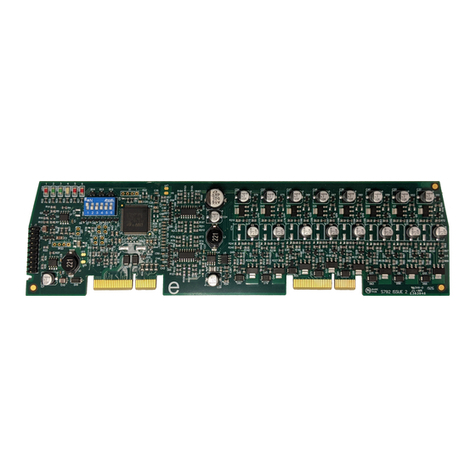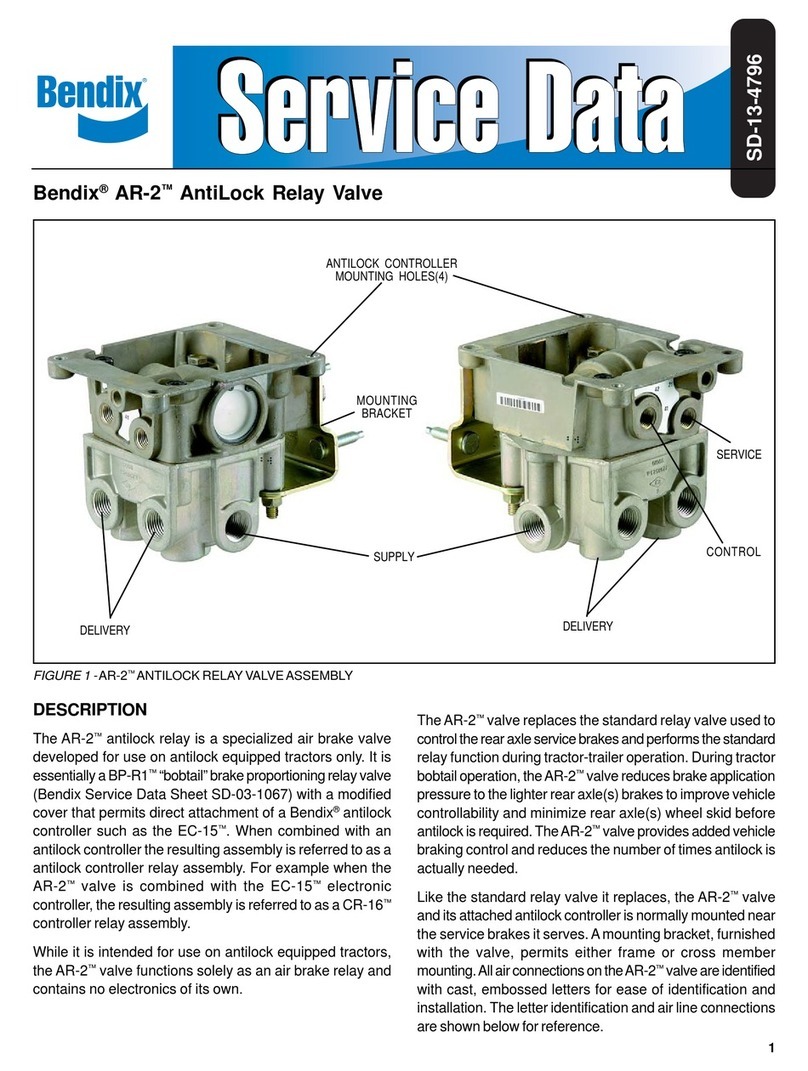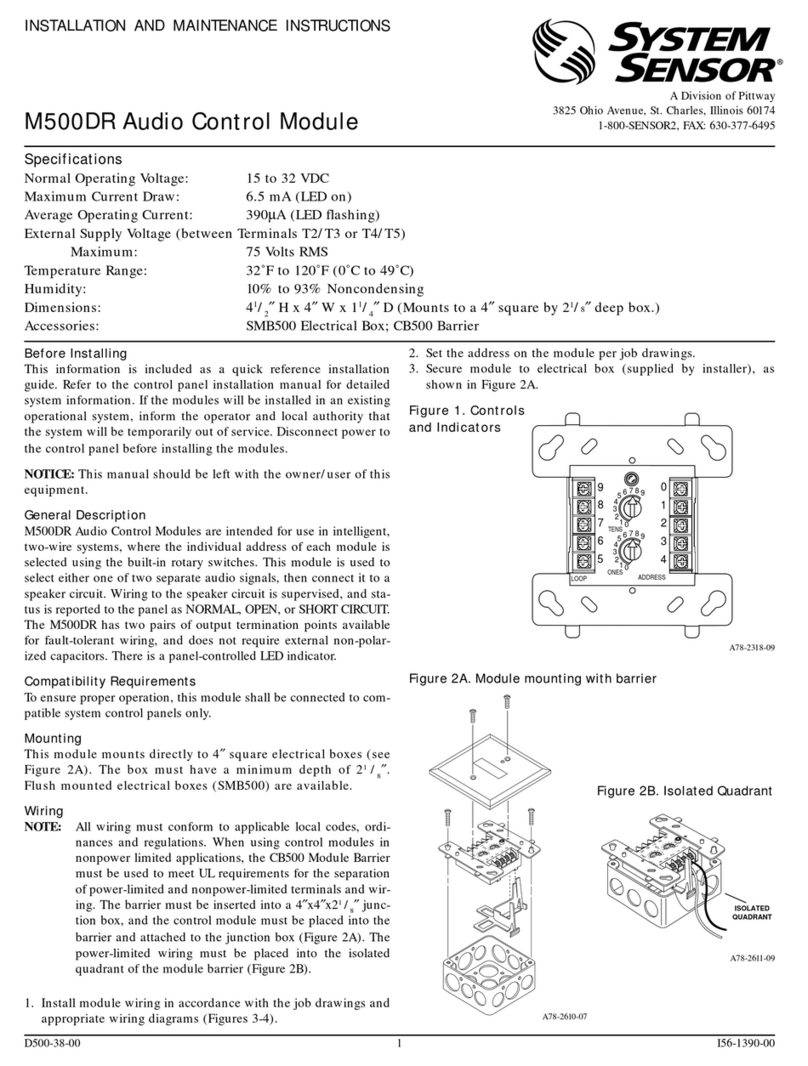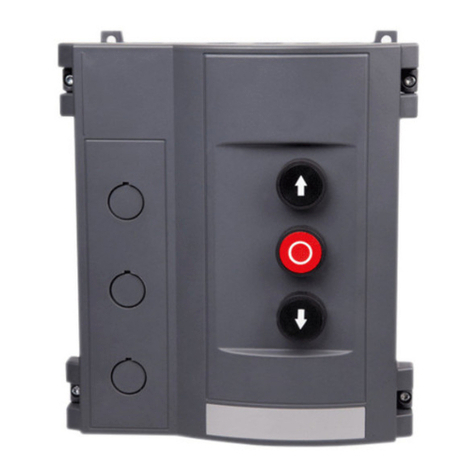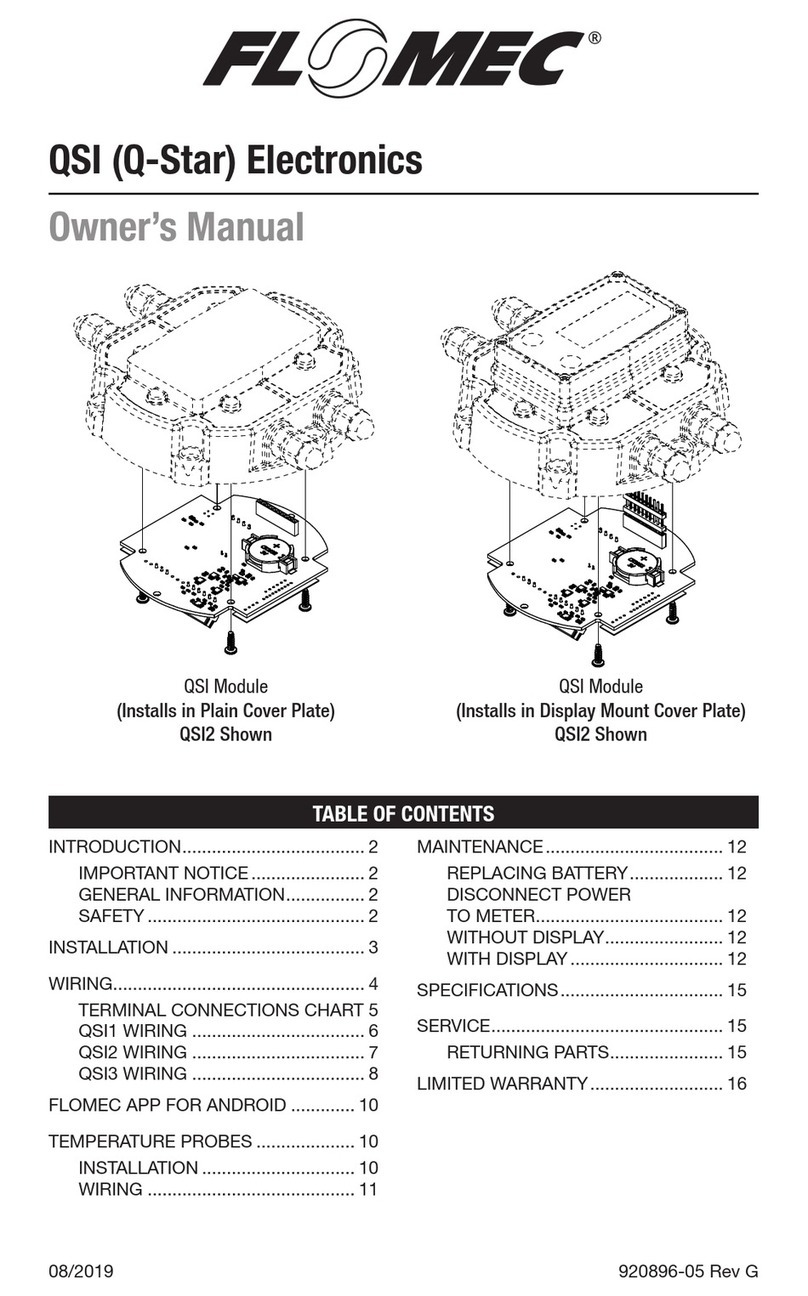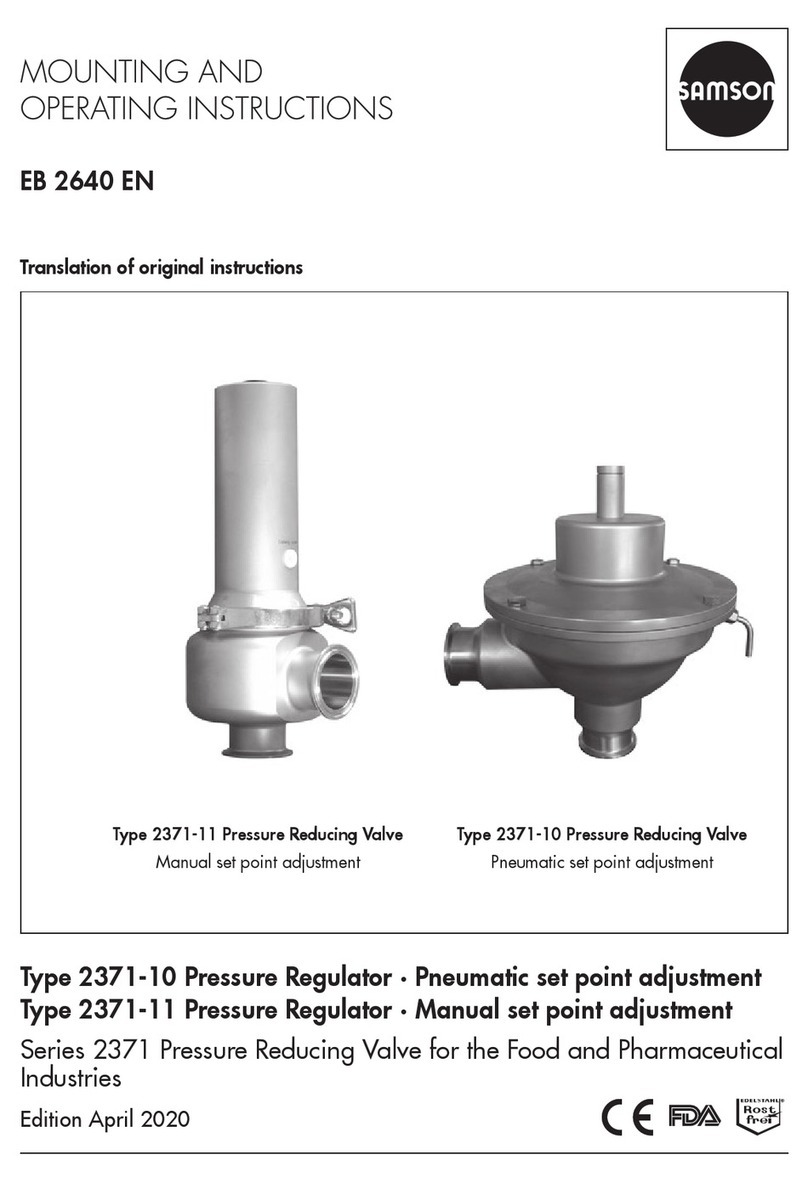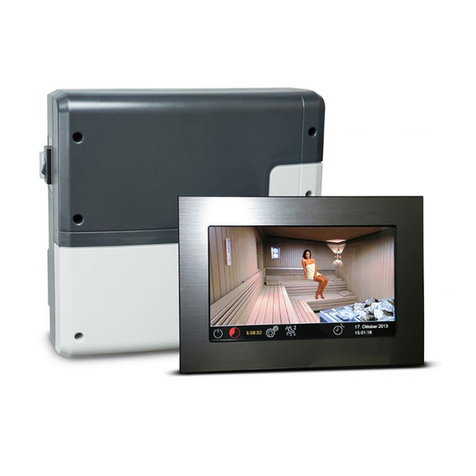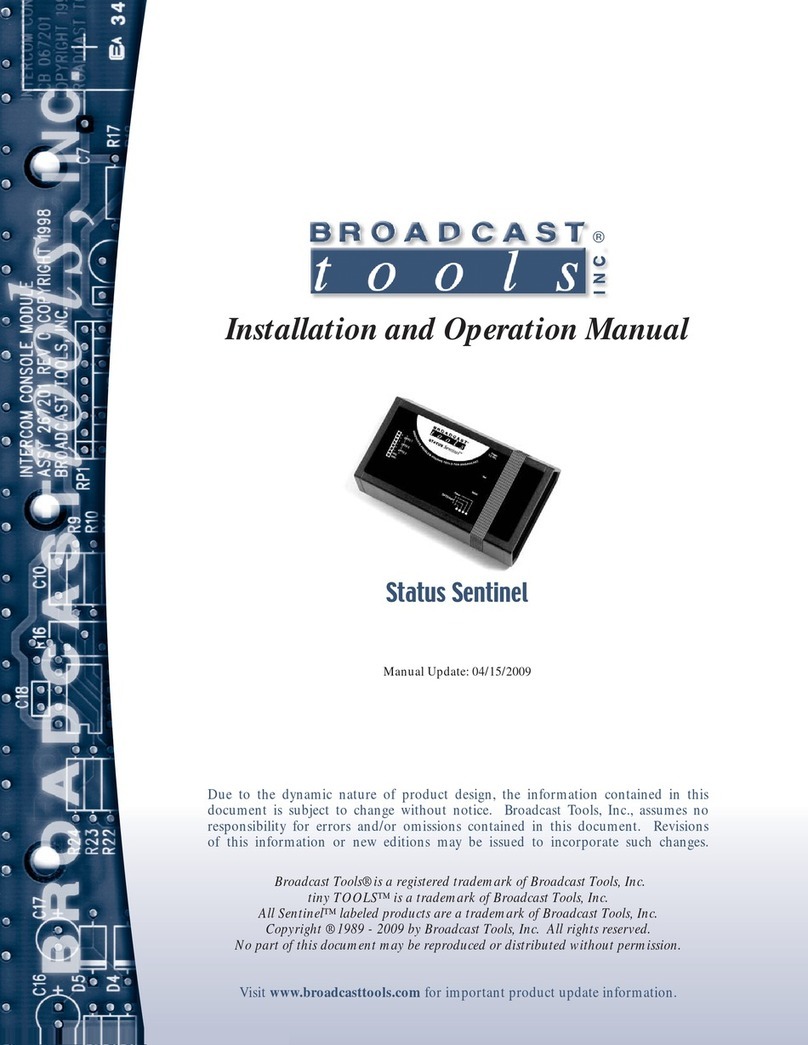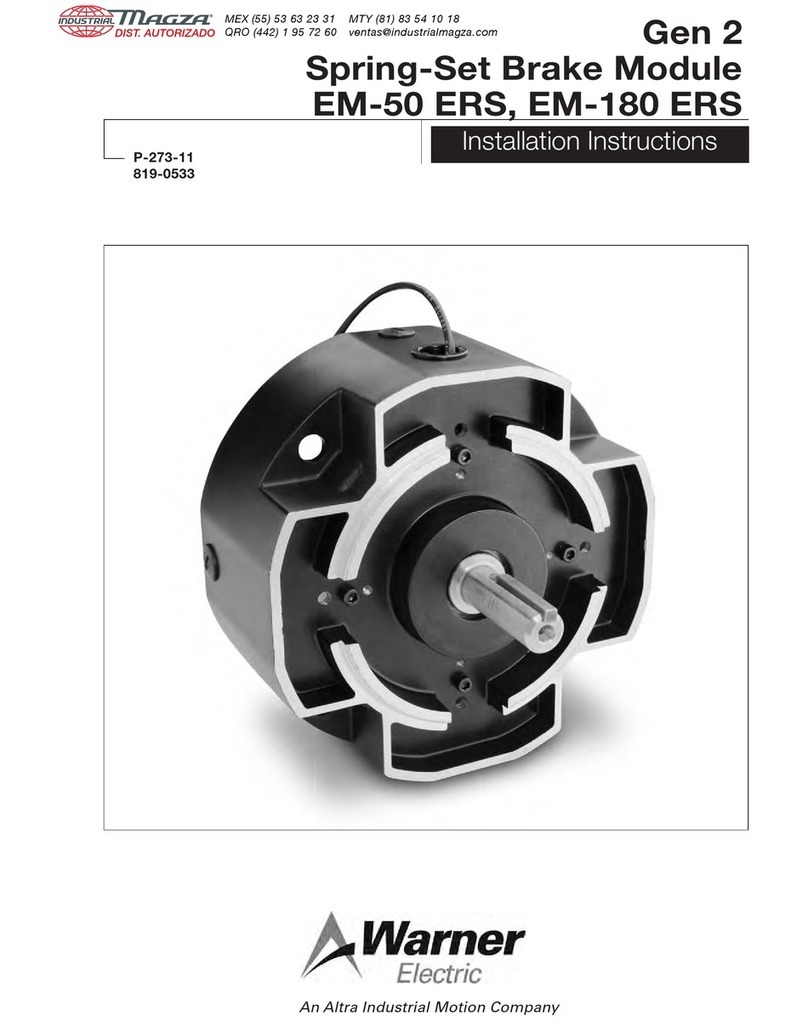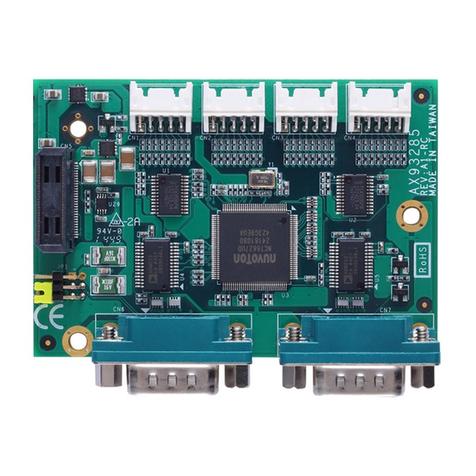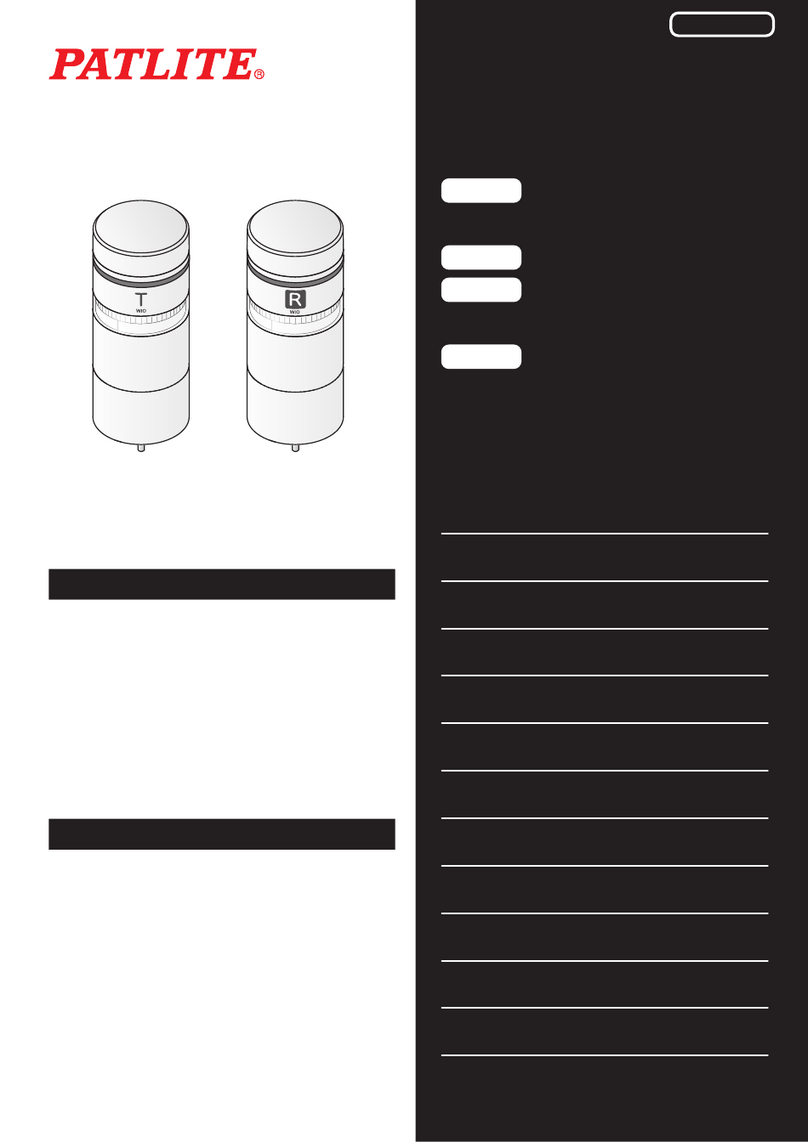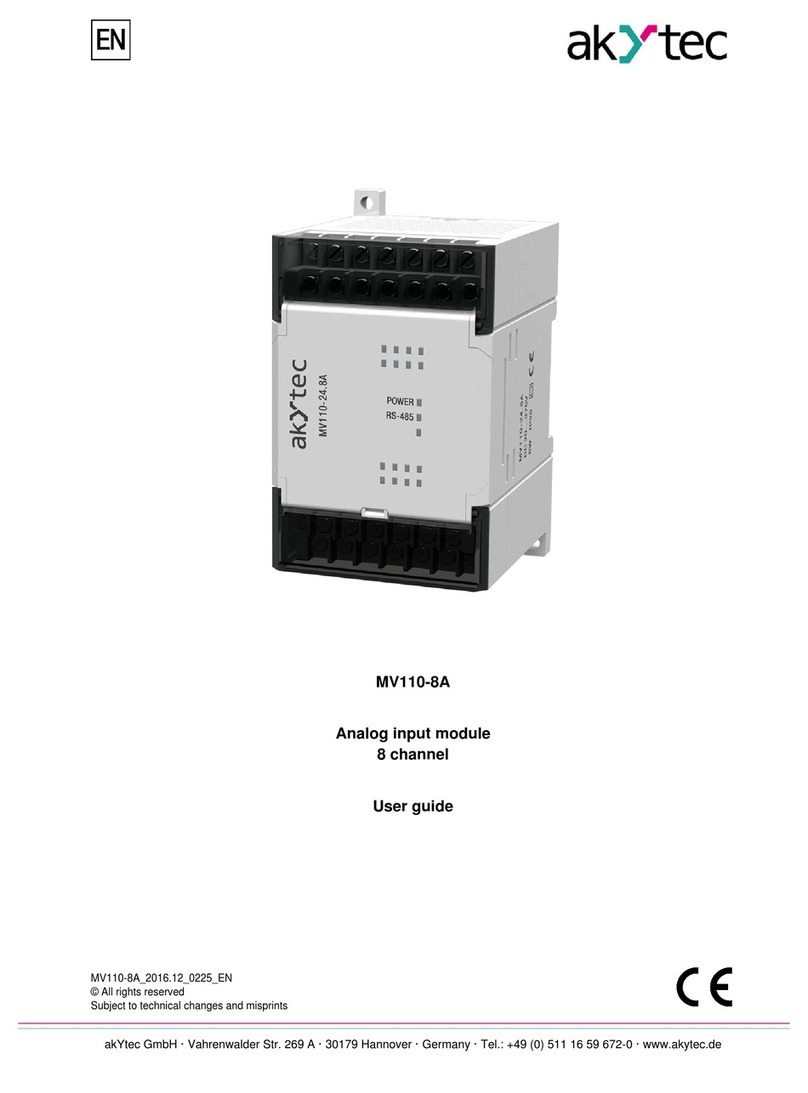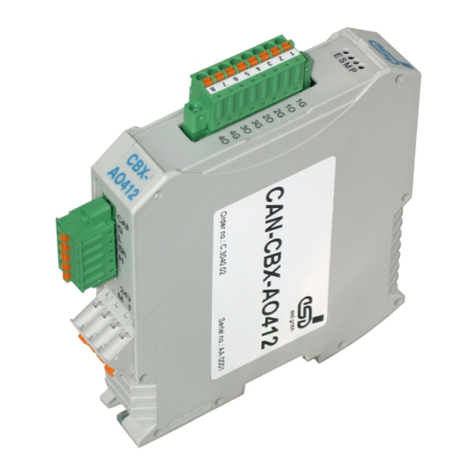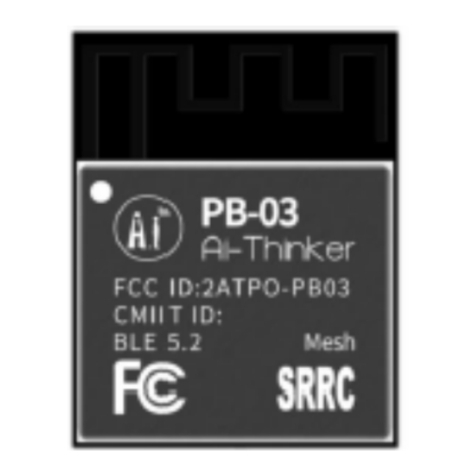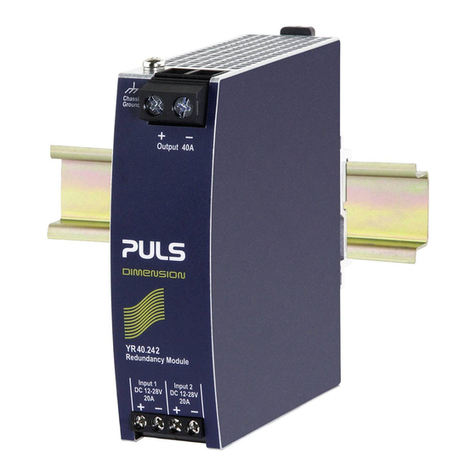Preliminary Page 14 of 28
Document Name: SMT340_360_380_User_Manual_Rev01_Iss01.doc Revision: 01
Document Number: TBD Original Date: 25 June 2001
Author: PC Pelser / MR Vogel Revision Date: 25 June 2001
Document Title: SMT340/360/380 User Manual
Table 3: SMT340/360/380 switch S2 set-up
Switch Bits Description Possible Values
S2 [7..1] Number of 128-sample blocks to capture after a trigger
event. Use this switch setting to select the number of
blocks by providing the correct binary number. OFF is
a zero, ON is a one
Number
0: 0000000
1: 0000001
2: 0000010
: :
127: 111111
Number of blocks
0 blocks (0 samples)
1 block (128 samples)
2 blocks (256 samples)
: :
127 blocks (16256 samples)
S2 [8] Enable/Disable Channel B B8
OFF
ON
Channel B
Disabled
Enabled
8.1.1 Clock source selection
The user has an option of two clock sources, the onboard oscillator (40MHz – SMT340, 64MHz –
SMT360 or 105MHz – SMT380) can be used or an external clock can be provided. The external clock
should typically be correlated to the system clock and can have a frequency of 1MHz to 40MHz for the
SMT340, 1MHz to 65MHz for the SMT360 and 1MHz to 105MHz for the SMT380.
8.1.2 Capture Mode selection
The user has the option to select one of four different formats and data routing options. The intention of
these different options is to reduce the bandwidth over a specific SDB connector.
8.1.2.1 16-Bit over one SDB
In this mode the ADC data is converted to 16-bit signed data. The 16-bit data is transmitted via the
primary SDB connector (Jo3 for channel A, Jo1 for channel B) at the rate of the clock source. The
maximum frequency over a single SDB is 65 MHz.
8.1.2.2 16-bit over two SDBs (Only applicable to the SMT380)
In this mode the ADC data is converted to 16-bit signed data. The samples are then distributed between
the primary and secondary SDB connector. Each connector will now have a clock and data rate equal to
half the rate of the clock source. The primary connector will transmit all the even samples (0,2,4,6..)
while the secondary connector will transmit the odd samples (1,3,5,7..). For channel A use Jo3 (primary)
and Jo4 (secondary), for channel B use Jo1 (primary) and Jo2 (secondary).
8.1.2.3 Packed 8-bit over one SDB
In this mode the ADC data is converted to 8-bit signed data. The samples are then distributed between the
LSB eight bits and MSB eight bits before it is transmitted via one SDB connector at half rate (Jo3 for
channel A, Jo1 for channel B). The primary connector will transmit all the samples with the even samples
(0,2,4,6..) contained in the LSB eight bit and the samples (1,3,5,7..) contained in the MSB eight bits.




















